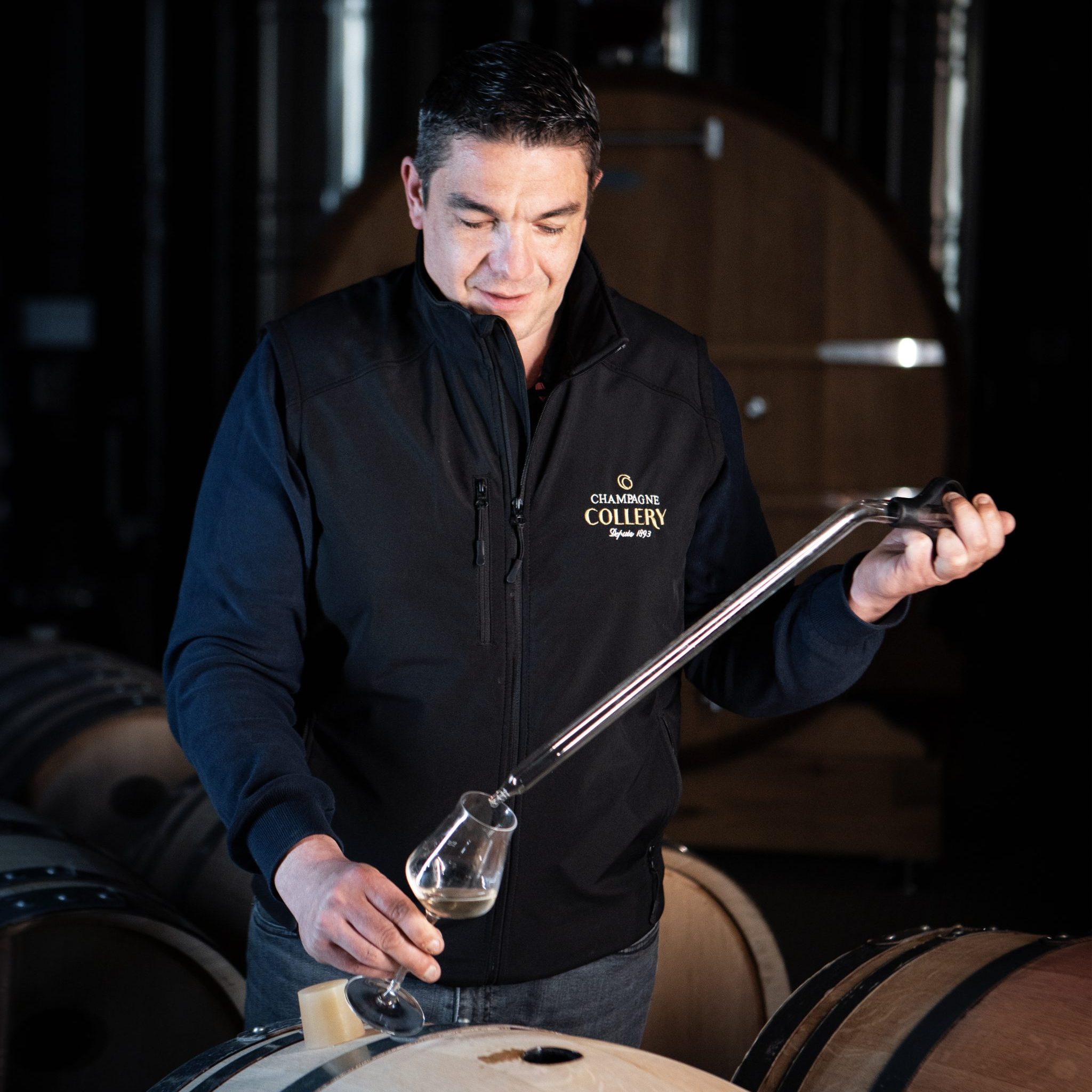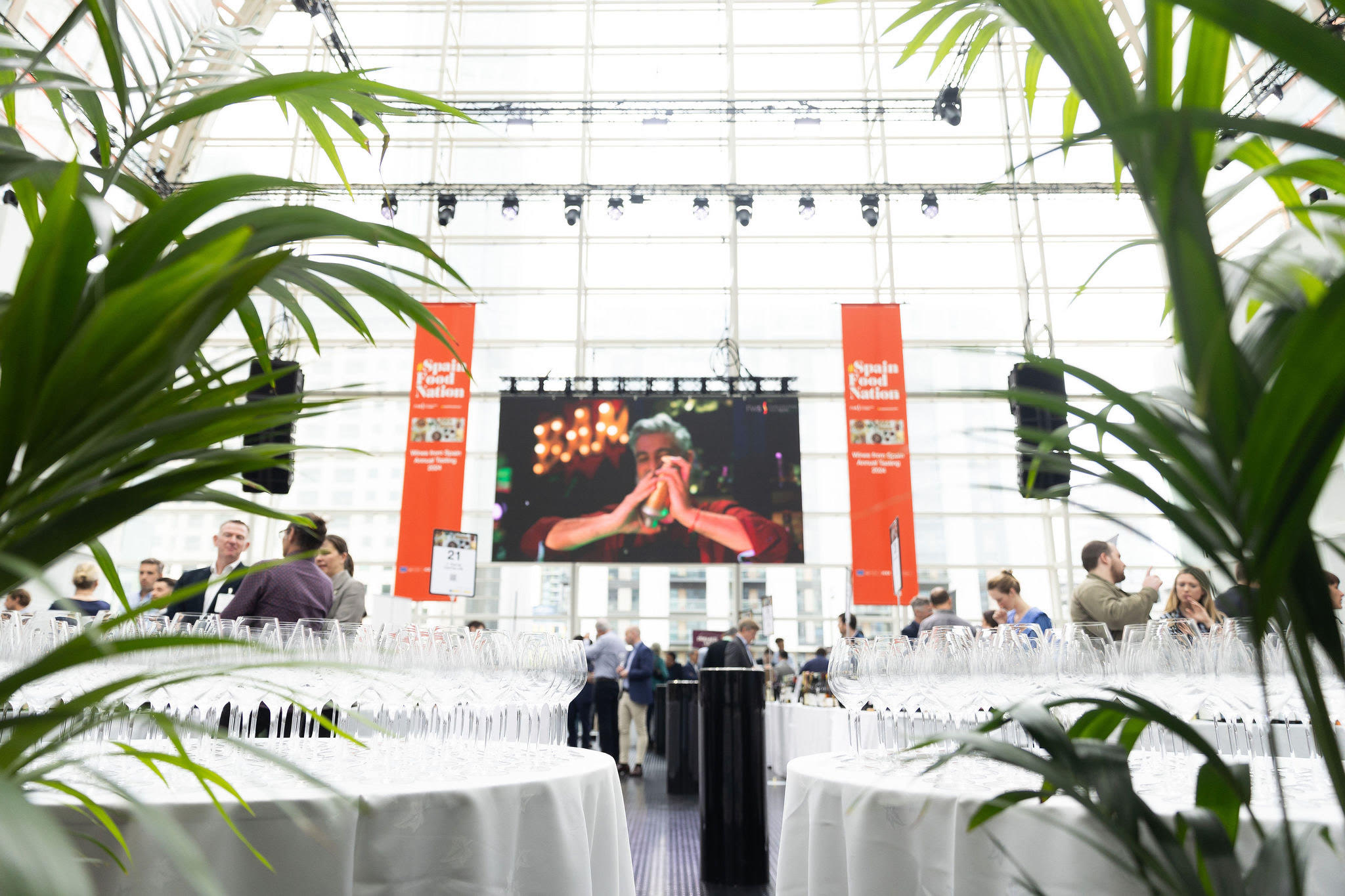The ‘red wine headache’ has been explained by scientists
By James EvisonA flavanol found naturally in red grapes can interfere with the metabolism of alcohol and lead to a ‘red wine headache’, scientists have discovered.

Researchers from the University of California, Davis, looked at why some people appear to get a so-called ‘red wine headache’ around 30 minutes to three hours after drinking.
In the new study, published in Scientific Reports, the scientists discovered a flavanol called quercetin which is naturally present in fruits and vegetables, including grapes could lead to the so-called red wine headache.
Although quertin is normally considered a healthy antioxidant, when it is metabolised with alcohol it is converted into something that can cause issues.
Report author and professor at UC Davis, Andrew Waterhouse, said that when it gets in the bloodstream, it becomes quercetin glucuronide and blocks the metabolism of alcohol. As a result, some drinkers then accumulate the toxin acetaldehyde.
Well-known toxin
Lead author Apramita Devi, who is also a postdoctoral researcher at the UC Davis Department of Viticulture and Enology, said: “Acetaldehyde is a well-known toxin, irritant and inflammatory substance. Researchers know that high levels of acetaldehyde can cause facial flushing, headache and nausea.”
The medication disulfiram, which is prescribed to alcoholics to prevent them from drinking, causes these same symptoms. According to Waterhouse, that is because the drug also causes the toxin to build up in the body when normally an enzyme in the body would break it down.
About 40% of the East Asian population also has an enzyme that doesn’t work very well, allowing acetaldehyde to build up in their system, the scientists said.
Partner Content
Co-author and professor of neurology Morris Levin continued: “We postulate that when susceptible people consume wine with even modest amounts of quercetin, they develop headaches, particularly if they have a preexisting migraine or another primary headache condition.
“We think we are finally on the right track toward explaining this millennia-old mystery. The next step is to test it scientifically on people who develop these headaches, so stay tuned.”
Napa reds
Interestingly, the grapes used in Napa Valley‘s legendary cabernets contain much higher levels of quercetin, as much as four or five times higher.
Waterhouse said: “Quercetin is produced by the grapes in response to sunlight. If you grow grapes with the clusters exposed, such as they do in the Napa Valley for their Cabernets, you get much higher levels of quercetin.”
In addition, how the wine is made impacts the levels, including skin contact during fermentation, fining processes and aging.
Clinical trials
Scientists will now compare red wines that contain a lot of quercetin with those that have very little to test the theory. The small human clinical trial will be led by University of California San Francisco.
Researchers admitted there are still many unknowns about what causes the headaches, and why some are more suceptible than others.
“If our hypothesis pans out, then we will have the tools to start addressing these important questions,” Waterhouse concluded.
Related news
Opus One names Zobeck as its first director of winemaking




